
Here we have the confusing hornet vs wasp debate where many people have often put the two of them together to question their similarities or differences. While a bumblebee is fuzzy by nature, hornets and wasps are eerily similar. It’s no surprise if you have mistaken a hornet for another wasp. A lot of their similarities stem from the fact that hornets are just one of the many types of wasps that circulate the globe. Just like the frog vs toad debate, all hornets are wasps, but not all wasps are hornets.
There are many types of wasps, however, such as the ground wasp, yellow jacket wasp (also known as the yellow wasps), and paper wasps. There are also many types of hornets as well, such as the ground hornets, murder hornets, and the bald-faced hornet. Still, it’s easy to misidentify them. Scientists find it easier to spot the difference between the types of bees and wasps, instead of a bee vs wasp vs hornet debate. In fact, it’s even more known to have a wasp vs bee debate or honey bee vs bumblebee debate.
So what are wasps and what do they look like? In fact, what do wasps do? And do they bite or sting? Wasps are solitary winged creatures that are narrow-waisted and aggressive stingers when provoked. Hornets, on the other hand, are a type of wasp. It means that all hornets are subspecies of the wasp. Identifying hornets begins with their gigantic size, in comparison to any other wasp. Definition, cultural significance, and other differences between the two are many. Therefore, let’s discuss them.

Answer to the Hornet vs Wasp Debate
First off, a hornet vs wasp debate aims to clarify that hornets are an actual type of wasp. There are over one hundred thousand species that can be described under the umbrella term: wasp. Whereas, the main difference between them is that a hornet is a specific type of wasp.
What About the Bee vs Wasp Debate?
Now that we’ve understood how all hornets are wasps, but not all wasps are hornets, it’s time to discuss their difference with bees. The biggest differences between them are their appearance and demeanor, whereas bees are less aggressive, rounder, and smaller. Another thing is that, while bees are active pollinators, wasps accidentally spread pollen while traveling around. So, you may be wondering if wasps do pollinate, and the answer is yes. Do wasps also make honey? Technically, they do. There are a few species of the wasp that make honeycombs.
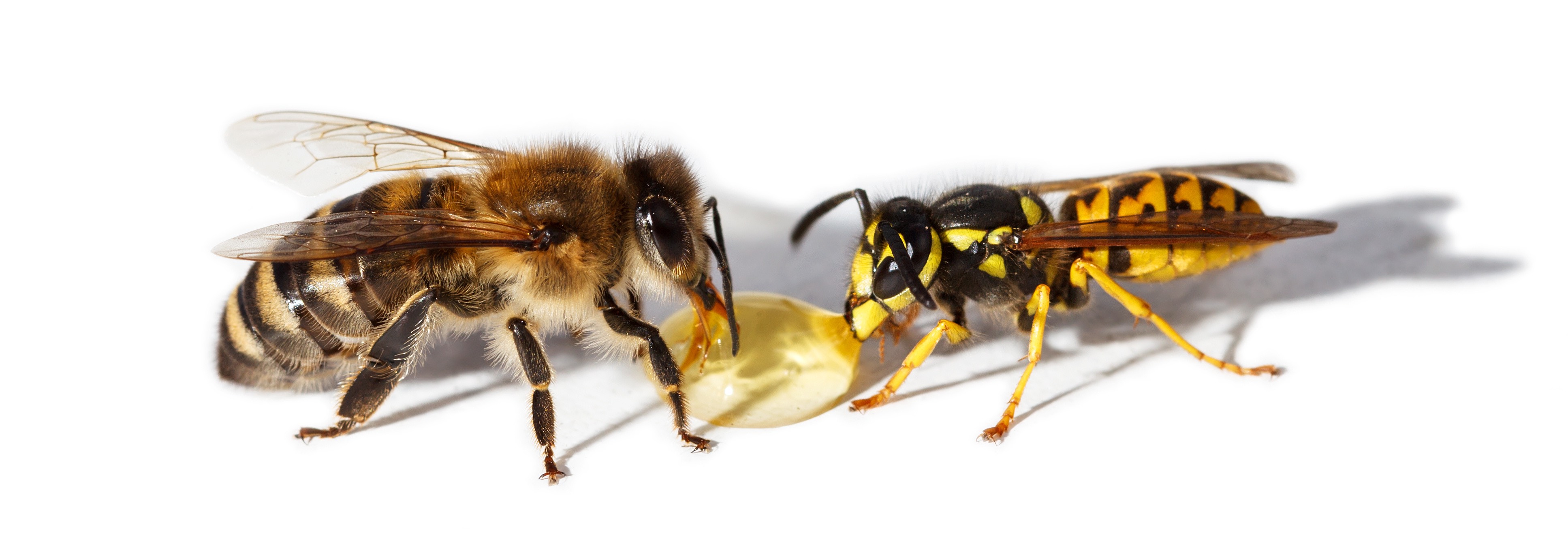
As for the wasp sting vs bee sting, wasps are more aggressive, unlike bees. When bees sting, they die. Their stinger is left inside the skin, forcing them to self-amputate. As for wasps and hornets, they can repeatedly sting without fatality. On the other hand, there are also some bees that are stingless, making them biting bees that will bite your skin instead of stinging.
Hornet vs Wasp: Physical Appearance
In order to differentiate a hornet vs wasp from each other, it is important to ask yourself, “what does a hornet look like, anyway?” The subspecies of the wasps have key identifiers that differentiate them from other wasps. Here are a few:
Hornet stings are more painful.
Do wasps bite or sting? The answer is both. A wasp bite vs sting is merely a difference in reaction. Wasps bite when they feel threatened. However, hornets win by a landslide in the debate regarding stings because of the chemicals that make up the venom inside their sting. It’s also important to note that only female wasps can sting as well. To physically identify if a hornet is about to sting you, take note if it’s very large. This is because a hornet’s increased size means they carry more venom.
Hornets are larger than wasps.
Wasps lose to the hornets in the size category. Hornets can grow up to 5.5 cm in length. Researchers conclude, after careful observation, that hornets are larger because of the amount of venom they carry. Physically, hornets look stronger and can even grow up to two inches, while wasps can only grow up to one inch.
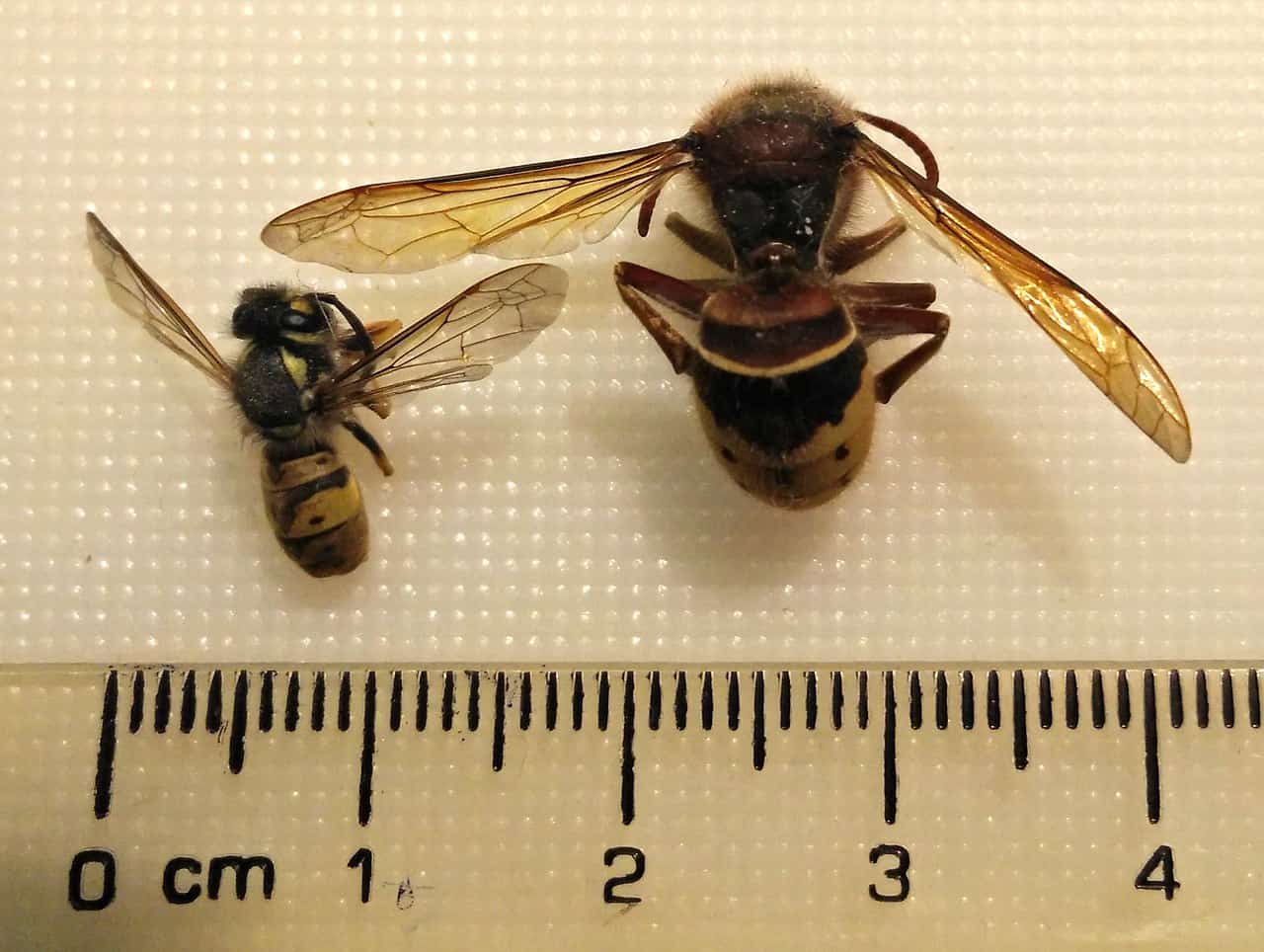
Hornets and wasps have a defined color.
A yellow and black wasp is likely to be just a wasp and not a hornet. Wasps usually have yellow and black rings around their bodies. Meanwhile, a black and white wasp is most likely a hornet. This is because hornets have black and white rings on their bodies besides other wasps. There are exceptions to this, though, such as the Great Black Wasp which lives in North America. A black wasp’s sting is fortunately non-lethal.
Hornet vs Wasp: Behavioral Traits
When it comes to the behavior and life cycle of hornet vs wasp, setting apart their differences may seem impossible. However, hornets actually have a lot of unique features that most wasps do not have.
The Hornet Queen vs The Wasp Queen
The queen wasp can be easily compared to ant queens or queen bees. They are essentially the leader of the pack and their role is to lay eggs while their children become working wasps. A hornet queen’s role is just the same until the coming days of winter. A hornet’s nest is not prepared to stock up on food, and the remaining active hornets throw out the larvae and their queen to die from starvation and cold. Meanwhile, they leave a few larvae to become the next queen. Still, the next hornet queen will die the same way.
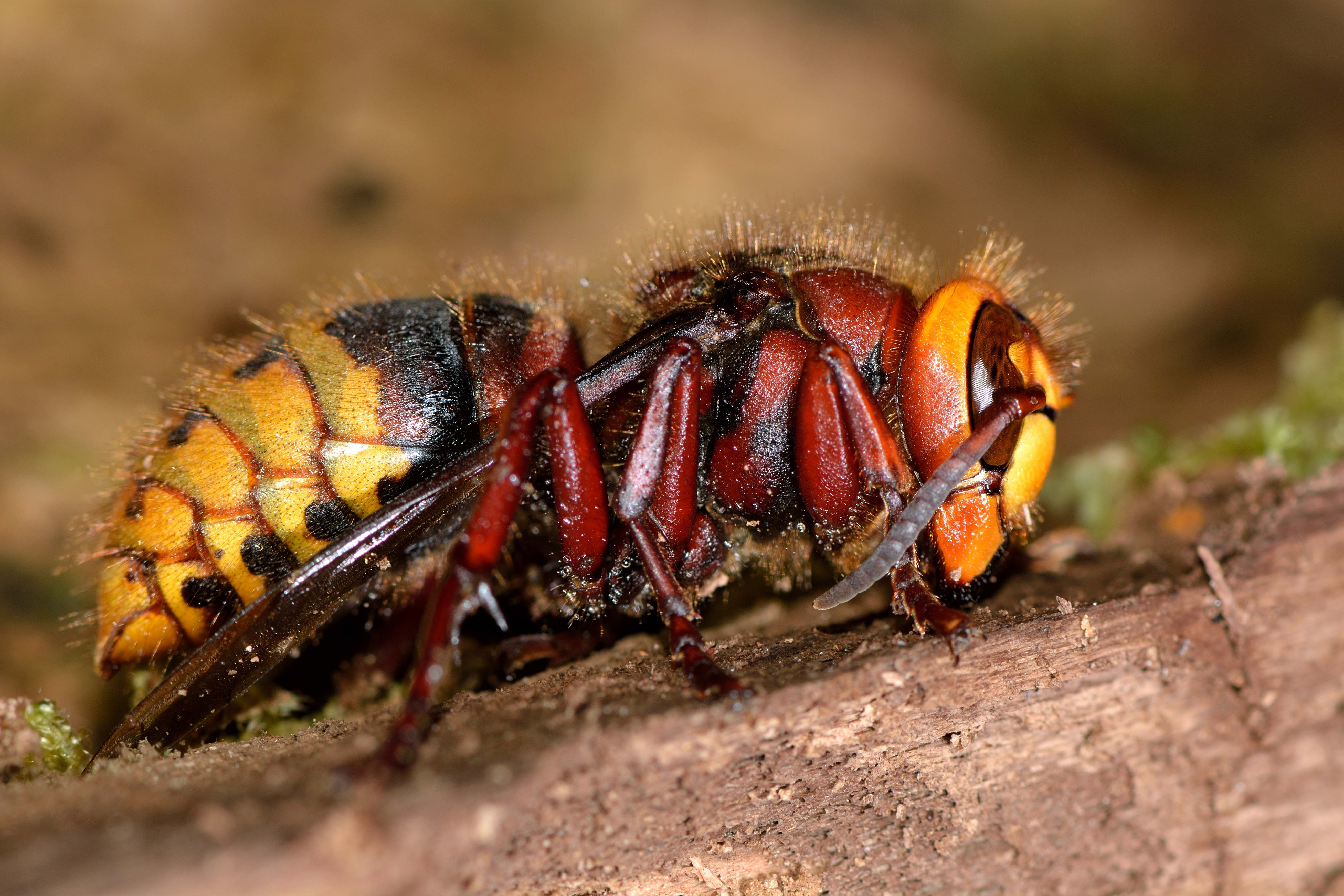
Wasps are more aggressive than hornets.
Hornets would rather mind their own business compared to their more aggressive wasp brethren. Unless provoked, hornets prefer to live a docile lifestyle. However, if you go too close to their nest, hornets become more violent in comparison. In fact, the bald-faced hornets are the most aggressive ones (even more so than other wasps).
Hornets are sociable.
In the hornet vs wasp debate, hornets are considered more sociable. Animals are social when they flock and form groups. In the hornet’s case, a colony. Sociable animals have a leader, and although wasps are also considered sociable, there are still other wasps that prefer the solitary lifestyle. An example of this is the solitary wasp, a black wasp that nests independently rather than forms colonies.
Wasps and hornets’ nests have a difference.
You can’t have a hornet vs wasp debate without mentioning a hornet nest vs wasp nest discussion. A hornet’s nests are completely shut, with no entrances available. Meanwhile, wasps, such as the paper wasp, would have a very large and exposed opening. Hornets also have a habit of building nests high above the ground. On the other hand, most wasps prefer a variety of places, such as the air, on the ground, and even beneath the ground.
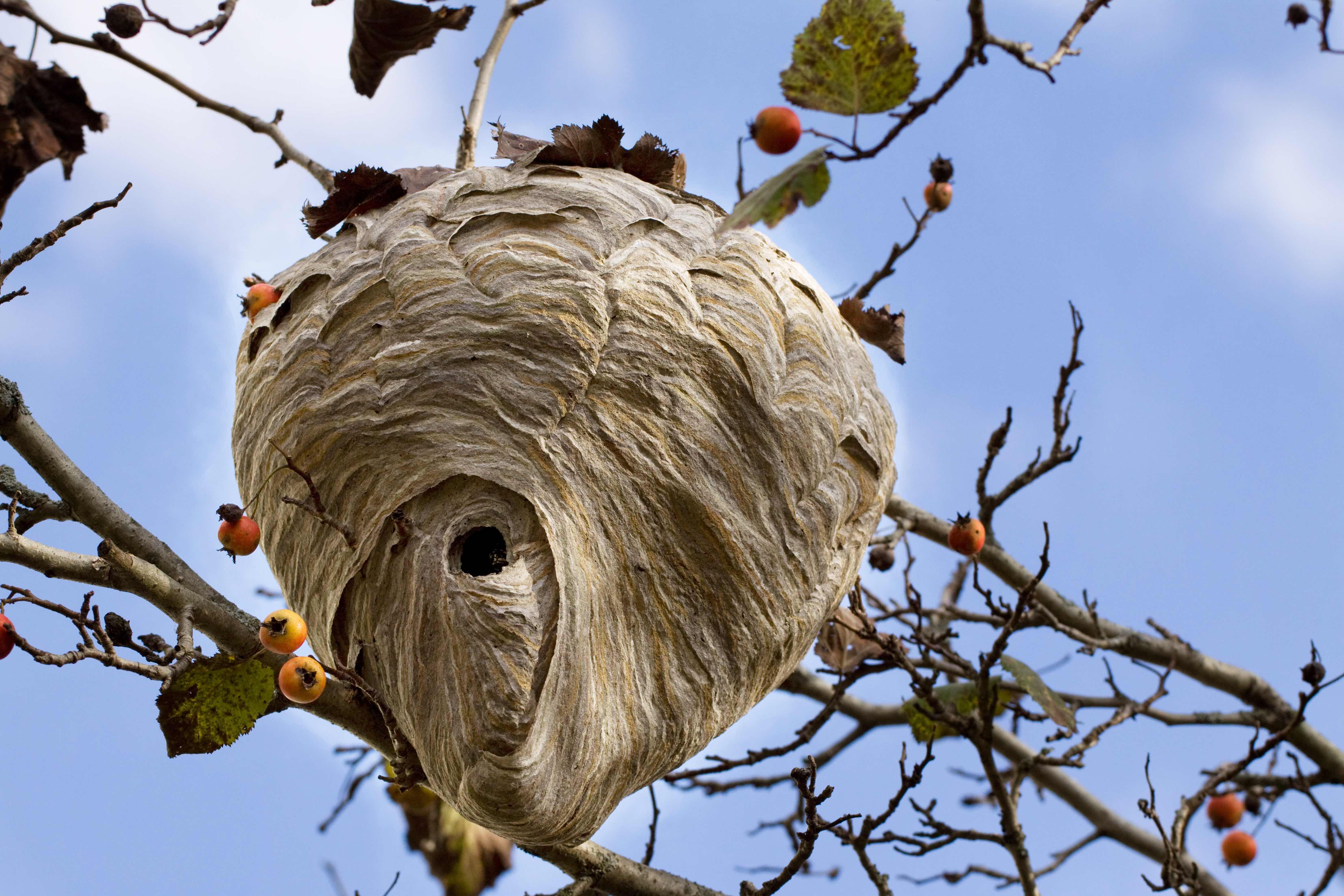
Wasps are parasites when laying their eggs.
Wasps may become parasitic when laying their eggs. An example would be the parasitoid wasp that lays its eggs on a living host. Wasps with parasitic nature can even lay their eggs on the backs of caterpillars, which will slowly be eaten alive as they go about their life. Another example is the Hypososter Horticula, which targets the Glanville Fritillary Butterfly’s eggs just as she has laid them.
Hornets eat sweet plant matter.
There is a significant difference in the hornet vs wasp diet. Hornets have been known to consume sweet-tasting plant matter like tree saps or leaves. The other wasps in their family prefer to scavenge and even kill to feed. Still, there are also other wasps that prefer nectar and sweet fruit. Hornets also feed their larvae with other insects.
Hornet vs Wasp: Dishes and Recipes
Our world is enormous and filled with culture. Some cultures even enjoy making exotic dishes that can be considered common in their own place of origin, but strange and inedible in ours. In other words, some people eat wasps.
Hebo-Gohan is an exotic dish made from hornets.
The Kushihara Hebo Matsuri festival celebrates eating hornet larvae, as well as adult hornets that have been fed raw meat, sugar, and water. There’s always a competition on who has the biggest hornet’s nest involved. While most of the Japanese population no longer eat hornets, only in the Ena district in Gifu Prefecture does the practice remain relevant.
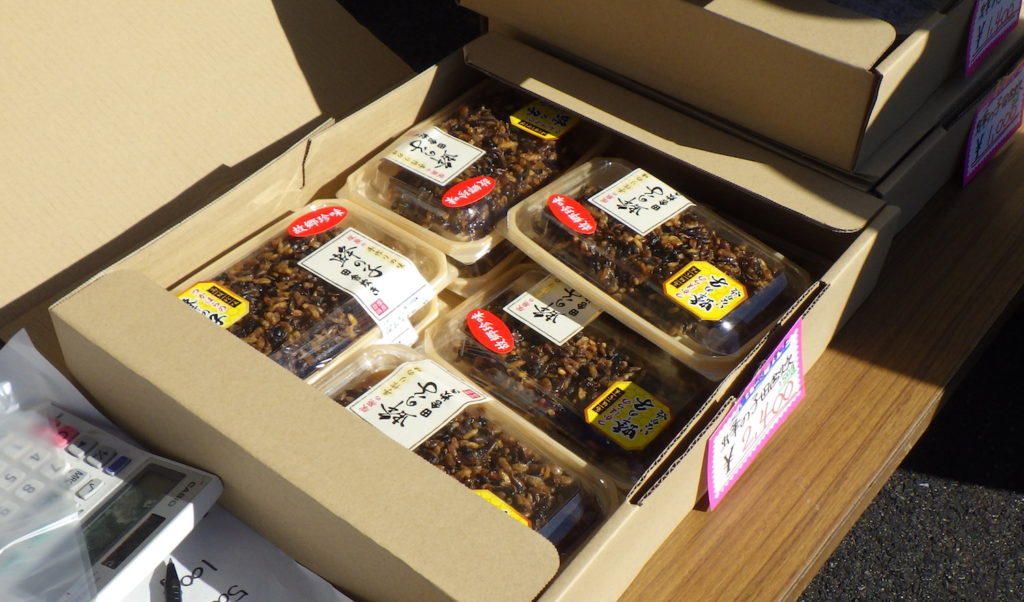
Hornet vs Wasp: Culture and Medicinal Properties
There’s also a big difference when it comes to the cultural and medicinal contributions between the hornet and the wasp. Here are a few examples of their historical value.
Wasps in symbolism.
The wasp totem animal is similar to a snail’s symbolism. They are the representation of a combination of desire, action, and perseverance. When dreaming of a wasp, it signifies that the animal is trying to tell you to take action for your dreams and goals. At the same time, wasps also serve as a warning sign to accept change.
As totem animals, wasps are independent creatures. People with wasps as their totem animal are said to act alone and can easily detach themselves from other people. Wasps as a totem also means that you are incredibly goal-oriented.
Hornets in symbolism.
Hornets symbolize fertility and sexuality. They also empower you to achieve success in terms of relationships. However, if a hornet is aggressive, it symbolizes more negative outcomes. It means that your focus should be somewhere else instead of where you’re currently at.
As totem animals, hornets are lively and enthusiastic. They are considered guiding hands, regardless of your moral values or interests. Those with hornets as totem animals are often guided to the right path, eventually.
Wasp venom can help treat mumps and earaches.
Wasp venom (non-lethal to humans) has been engineered for medical purposes. Venom from wasps, bees, and scorpions can specifically target bodily functions that are used to target HIV, cancer, diabetes, and blood clots.
Hornets get rid of pests.
Farmers and researchers have noticed that hornets can control pest infestations of arachnids (spiders) and other insects. They control infestations thanks to their constant need to feed their queen and the larvae that live inside their nest.
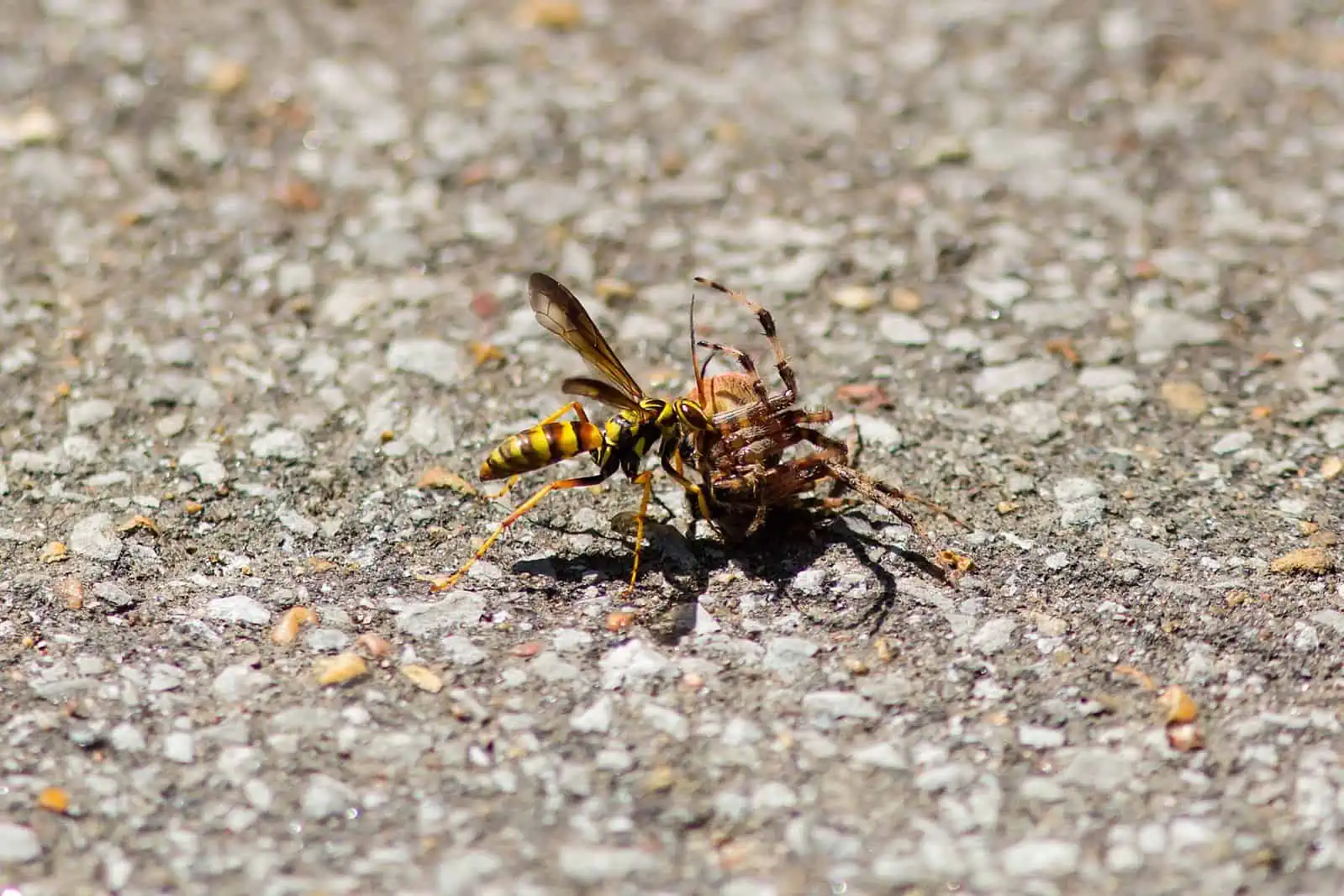
Conclusion
We hope we’ve answered your questions regarding the differences between the hornet and the wasp. Whether it’s a yellow jacket vs paper wasp, it’s important to note that all wasps on this planet are active contributors. Though they may not be as fuzzy or adorable as an ordinary working honeybee, the hornet and the wasp still deserve to be admired and appreciated for their existence.
Was this page helpful?
Our commitment to delivering trustworthy and engaging content is at the heart of what we do. Each fact on our site is contributed by real users like you, bringing a wealth of diverse insights and information. To ensure the highest standards of accuracy and reliability, our dedicated editors meticulously review each submission. This process guarantees that the facts we share are not only fascinating but also credible. Trust in our commitment to quality and authenticity as you explore and learn with us.
